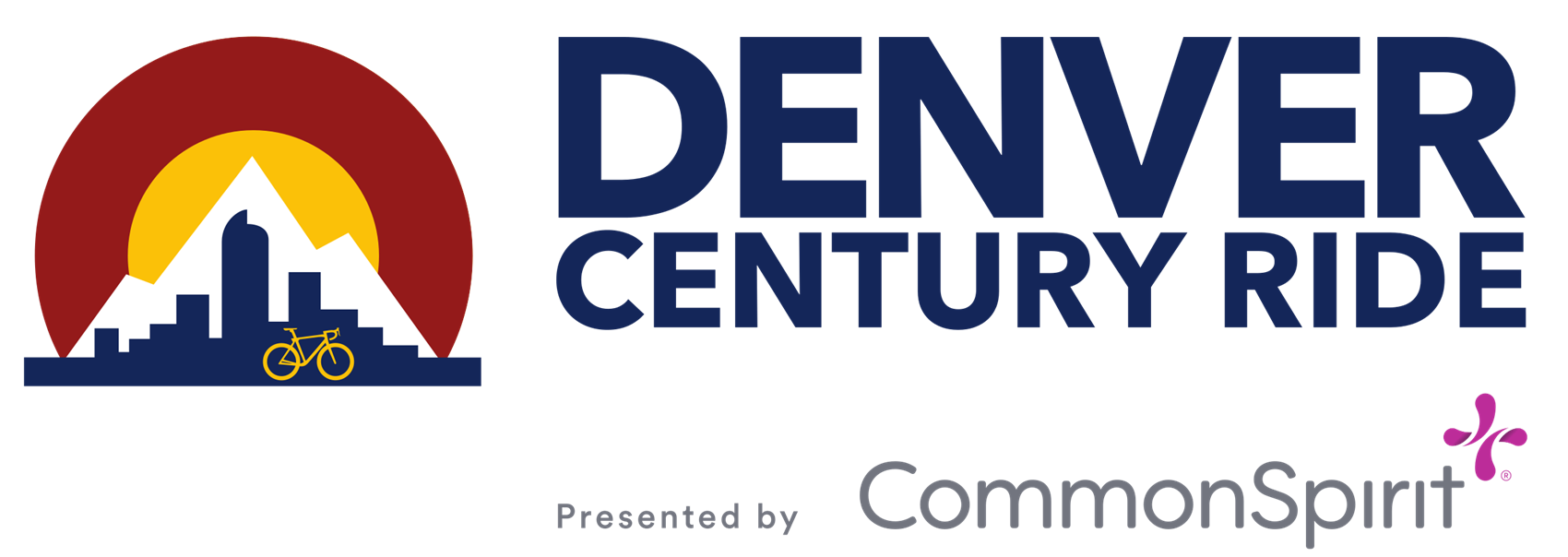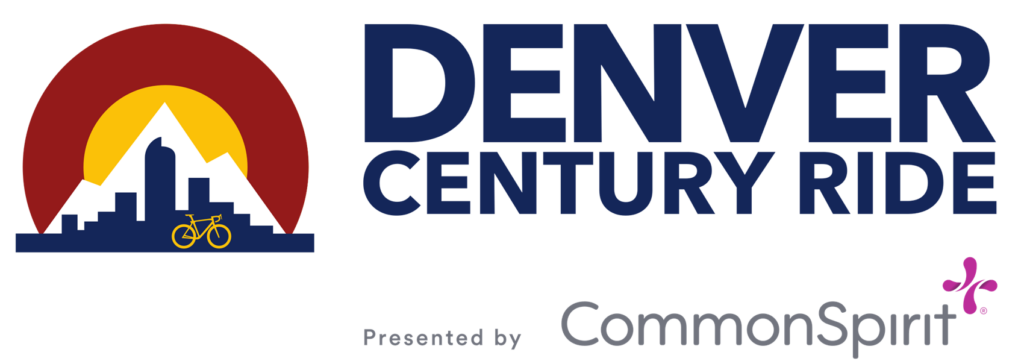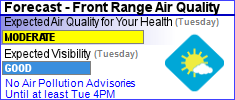
Heat Illness Can Happen—Even When It Doesn’t Feel Hot
As you prep for your final long rides leading up to the CommonSpirit Denver Century Ride, you might glance at the weather and think, “Nice day—not too hot!” But don’t let that fool you. Heat illness doesn’t only strike in tropical places like Florida. It can sneak up on you even on seemingly mild, sunny Colorado days.
Let’s break it down.
What Is Heat Illness?
Heat illness starts gradually—and deceptively. It may begin with muscle cramps or feeling unusually sweaty, clammy, or prickly-skinned. You might feel dizzy but assume it’s low blood sugar and down a gel… except this time it doesn’t help.
That’s because the issue isn’t your sugar—it’s your core temperature. And if you keep riding hard, it will only rise.
Eventually, you may stop sweating altogether. Your skin feels dry and gritty with salt. You’re nauseous. Then confusion kicks in—you’re disoriented, don’t know what mile marker you’re at, or where you’re headed.
These are signs of heat stroke, when body temperature climbs dangerously—above 104°F. At that point, things get serious: fainting, seizures, even life-threatening complications.
What Puts You at Risk?
You don’t need triple-digit temps to suffer from heat illness. Risks go up with:
- Previous heat illness
- Poor conditioning or inadequate training
- Higher body mass or less skin surface area for cooling
- Alcohol use (save the celebration beer for the finish line)
- Certain medications (especially stimulants for ADD or blood pressure meds)
- Dehydration
- Recent illness or infection
Even if the forecast looks ideal, these factors can push your body past its limits.
So What Can You Do?
Don’t panic—but do prepare smart. Here’s how to protect yourself:
✅ Listen to the ride organizers. If high heat is forecasted, we’ll give guidance to slow your pace and stay safe. Take it seriously—we want you to finish, not land in the med tent.
✅ Hydrate consistently. Don’t wait until you’re thirsty. Drink early and often.
✅ Dress smart. Lightweight, light-colored, moisture-wicking gear with SPF protection is your friend.
✅ Cool down at the first signs. Prickly skin, heavy sweat, lightheadedness? Back off the pace, walk if needed, and find ice or cold water. Pour it on your head or place a cold towel on your neck.
✅ Know when to stop. If symptoms persist—especially nausea or confusion—stop and seek medical attention. Don't try to “tough it out.”
✅ Acclimate if you can. If you're coming from a cooler climate, try to arrive in Denver 10–14 days early to give your body time to adjust to the elevation and temperature.
Heat illness is preventable—but only if you’re paying attention. Ride smart, watch for the warning signs, and focus on finishing healthy. The ride will be here next year too.
Let’s make sure you are too.



